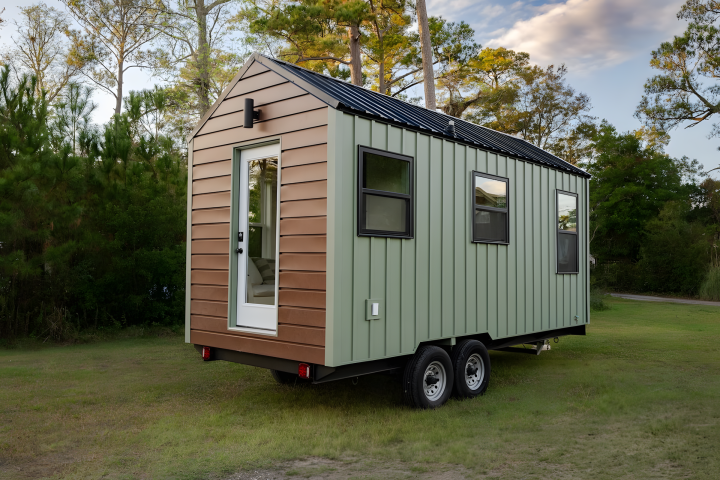Lockheed Martin has taken the wraps off its vision for a future manned lunar lander at International Astronautical Congress (IAC) in Bremen, Germany. The concept spacecraft is designed to show how a reusable lander, in conjunction with NASA's planned lunar Gateway deep-space orbital outpost, can support an indefinite human presence on the Moon as well as providing valuable experience for the first manned missions to Mars.
It's been almost half a century since the last astronauts set foot on the Moon and with new US plans committing NASA to a program of sustained human exploration and exploitation of deep space, returning to the lunar surface will involve much more than simply taking up where Apollo left off. Not only has technology advanced considerably since the 1960s, but making more than temporary and sporadic visits to the Moon and beyond requires a whole new approach to space exploration.

Lockheed says the new lander is not only itself completely reusable, but is part of an almost entirely reusable system. In addition, it's designed to make the most of the technologies and lessoned learned from the Orion project and the International Space Station (ISS) in order to keep down costs, speed development, and reduce complexity.
The lander concept is designed to support manned lunar missions as well as act as a testbed for the first Mars missions. In fact, the lander is actually a smaller scale version of Lockheed's manned Mars lander concept, without the streamlined aerodynamic shell needed for entering the Martian atmosphere.

Still very much a work in progress, the present configuration for the lander is a single-stage craft using chemical rocket engines fueled by liquid hydrogen and liquid oxygen to make them as light and efficient as possible. The lander would carry a crew of four plus a tonne of cargo to the surface for visits of up to a fortnight. This is because the two-week long lunar nights are still too big a challenge for astronauts, so they would also carry robots to handle night duties and other tasks by teleoperation from Gateway.
In operation, the lander would start at the Gateway station, where it would be maintained and fueled by a special cryogenic fuel depot. It would then descend to the lunar surface, carry out its mission, then return with its crew – intact and without the need to refuel before lifting off.
Though Lockheed says that the lander would be able to visit many different sites, the company sees it was part of a continually growing infrastructure of exploration and commercial enterprises with NASA playing a major part, much as governments on Earth helped in building road, rail and air transportation systems. As part of this the lander would be used to make repeated landing near the poles for setting up a base for the mining of water and turning it into fuel.

Lockheed emphasizes that the lunar lander is an integral part of the American effort to reach Mars. Because the Moon is in a vacuum, close to Earth, and has low gravity, it would be an ideal testing ground for the technologies for the first Martian expeditions and to better understand the effects of prolonged deep space missions on the human body and psychology.
"The Gateway is key to full, frequent and fast reusability of this lander," says Tim Cichan, space exploration architect at Lockheed Martin Space, who presented the lander concept at IAC. "Because this lander doesn't have to endure the punishment of re-entering Earth's atmosphere, it can be re-flown many times over without needing significant and costly refurbishment. That's a major advantage of the Gateway and of a modular, flexible, reusable approach to deep space exploration."
The video below shows the Lockheed Martin lander in action.
A Lockheed Martin white paper discussing the concept can be found here.
Source: Lockheed Martin










